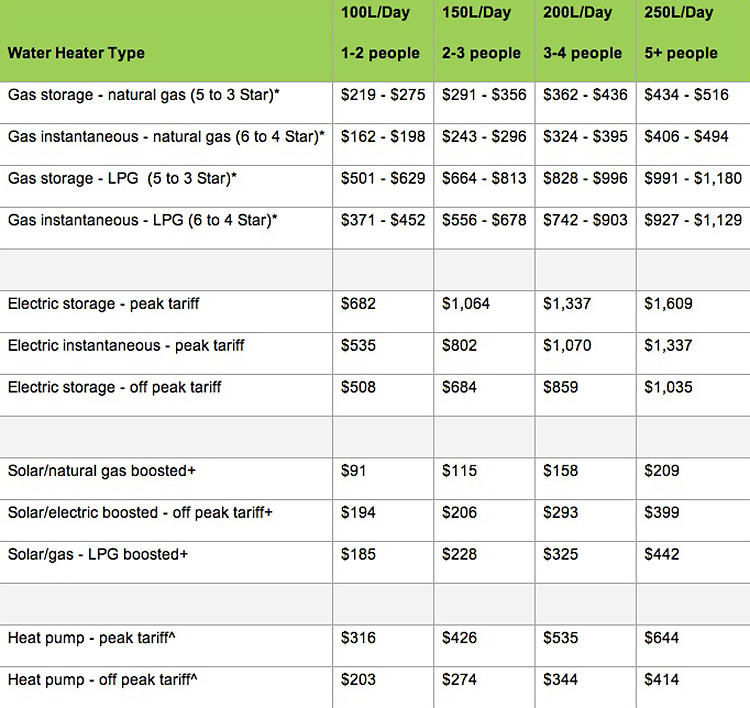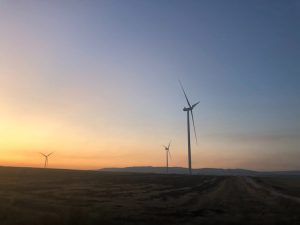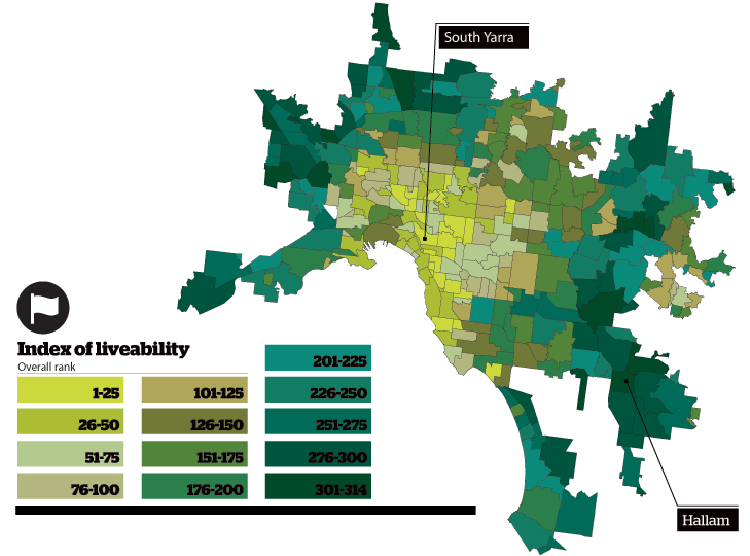
*
During my architectural education there were many lessons on environmental design. Previously, these concepts were only touted by hippies, in my time, they soon became buzz words and items that were applied to a building. Today in our office a design does not pass the first tests without rigorous and constant environmental assessment. Volume built homes rarely consider any. Passive solar design including orientation, building mass, solar access & shading, embodied energy & material selections are all integral to the process.
We only touched on active solar design and energy consumption, I can only imagine this was due to the minimal research available at the time and ever moving figures, people were flippant with these ideas. These concepts are even harder to put a handle on today with constant government denial and funding shifts to suit pure economics. That being said, continual professional development means we keep on learning. After much considered research, conversations with colleagues, with services consultants and plenty of perspective I will share with you my understanding to date. Be wary when reading electricity or gas companies blogs, they invariably twist the conversation to suit their product.
Energy consumption
From an architectural perspective this is broken down into two main areas.
1. Energy / Embodied
All man made products have a factor of embodied energy. Some materials take more energy to manufacture than others, for example air dried timber is very low at 0.5Mj/kg whereas aluminium is one of the highest at 170MJ/kg. Basically low is good and high is bad. With this information we will select materials considering the embodied energy within those materials. It is not all about aesthetics or cost.
2. Energy / fuel supply
The second factor in energy consumption is the source of supply and its use. As architects we design more than the buildings layout, construction method and fabric or materials, we also influence and collaborate with consultants in the design and requirements of the systems that run each building. These can include heating, cooling, cooking & hot water services to name a few.
Architects have an obligation to discuss the preferred fuel sources that supply each building while also considering the most efficient and most environmentally responsible options. Isolated rural properties have fewer options however in urban areas where all types of connections are available, we need to discuss these in detail with every client. When considering supply, currently we have three widely available sources; electricity, gas & solar.
Gas
Gas is a fossil fuel, non renewable therefore should be avoided. It was considered inappropriate to use electricity for heating and cooking when coal was the main source. In essence, you converted dirty coal into clean electricity, when used for heating you were basically taking it back to a dirty process and negated all that cleaning. Transporting electricity along power lines also takes up some energy that is inefficient. Gas however moves itself and is simply refined, it comes out of the ground and its almost ready to use with minimal conversion. Previously all of these factors steered us toward gas however current thinking on fossil fuels leads us to avoid their use.
Electricity
Electrical supply from the provider is the next part of this equation. A recent study by the WWF proposed an energy target of 100% renewable by 2050, this is needed and achievable. The first step anyone can take is to elect 100% renewable from your provider. A quick analysis garners an added cost of approximately 25% over and above your normal fossil fuel electricity bill. It may be hard to justify the cost but it is necessary and this premium will come down. Governments are grappling with this very question right now so you’re not alone. If the public take the lead the government will follow and these suggestions will be legislated.

Solar – Electricity
In basic terms you install panel collectors (PV cells) on a rooftop to generate a portion of an average home. Solar is a renewable and ideal. You purchase what you can afford, when the supply is inadequate then you obtain the remainder of your needs through the existing electrical network. Conversely, when you produce more than required during the daylight hours you feed this into the grid. Unfortunately the Victorian Government has low feed in tariffs meaning you receive less than what you pay. Feed in Tariffs (FIT) are very hard to comprehend, needless to say Australia is lagging behind given our abundance of hot sunny days. Coal fired generator operators are the loudest lobbyists therefore they tend to win. Despite all this, I can only recommend you overlook the politics and economics and know that you will sleep better at night. Personal wind generators are not efficient at this time however major wind farms are excellent, these form part of the electrical suppliers renewable service and should be supported. Personally, I love the look of them.
Solar – Water heating
Solar water heating can be used for hot water service supply, hydronic heating and more recently for solar AC. This is also a renewable and ideal. Basically collectors on a rooftop heat water in highly efficient vacuum sealed tubes and store this hot water onsite for use as needed. The interesting thing in this scenario is the peak demand of these systems are required out of the most efficient daylight hours so a super efficient storage system and back up is required. I suggest a boosted system powered by electricity.
Other heating and power sources are available such as heat pumps, geothermal etc. All of these are valid and worth further research.
Application in your home
Once you have grappled with the supply options you then need to consider the fixtures and fittings within a building to then come to some conclusions for ideal proposals. Obviously some systems have higher upfront installation costs & space requirements however we need to start looking past this, we need to change our thinking and not see them as options but more as responsibilities. Below is an ideal proposal:
Space heating
Start with passive solar design to reduce the need for active heating. Building mass, heat syncs, Trombe walls & insulate over and above the minimum requirements.
Heating 1 – hydronic heating with an electric boiler. This is a slower consistent heat so best when supplemented.
Heating 2 – electric reverse cycle AC for heating.
Heating 3 – a wood burning fireplace for quick and comfortable heating of a particular room. This heat is ideal however emissions are slowly being curtailed. Wood is a renewable but has it’s limits.

Cooling
Start with passive solar design to prevent heat load. Building mass, active cross through ventilation to all rooms, consider ground temperature synchronisation (ground sync).
Cooling 1 – electric ceiling fans.
Cooling 2a – solar AC. This is very new technology and needs further research.
Cooling 2b – electric reverse cycle AC for cooling. There was a time when we avoided AC but recent increasing temperatures no longer afford this luxury.
Hot Water Services
Hot Water Service (HWS) – Solar tube + storage tank with an electric booster for continuous supply.
Cooking
Cooking 1 – electric ovens & induction cooktops.
Cooking 2 – BBQ as gas. I said earlier that gas should be avoided but a BBQ with gas is simply unbeatable. I am yet to find a good elec version.
Pool heating
Solar only, electric water heaters are cost prohibitive and unneccessary.
Power supply
Start with passive solar design that will provide maximum available natural light. Add systems including automatic switching for lights and timers for fans to reduce load.
Power 1 – PV solar collectors with an inverter to supply the house and feed back into grid.
Power 2 – select 100% renewable from your electrical provider.
We also need to consider rain water collection, storm water run off and waste water. These are only a snap shot and many other systems come into play however more and more are being integrated with each other to create total system packages. A good example is a hybrid electric car where brakes generate power, amazing stuff.
Water supply and waste
Rain water – collection to basic storage tanks for toilets, garden, washing machine & pools.
Grey water – collection to a recycling plant for use in toilets and gardens.
Black water – systems are being researched however the technology is not adequate or safe for general use.
Storm water – retention and dispersion pits for onsite management.
The above suits an ideal urban house, every situation needs to be considered on it’s own merits however the basics are true for every project. People think we only do pretty pictures however architects think through every aspect of the built environment and its our responsibility to talk through each one of these elements carefully with all clients. I am happy to discuss any of this further on your project.
* This image was obtained from the Sustainability Victoria website in Dec 2014, the figures will change over time and should be monitored at www.sustainability.vic.gov.au. I referred to this document to illustrate the running cost of the proposed systems are very reasonable. Also remember to add about 25% for renewable elec.



